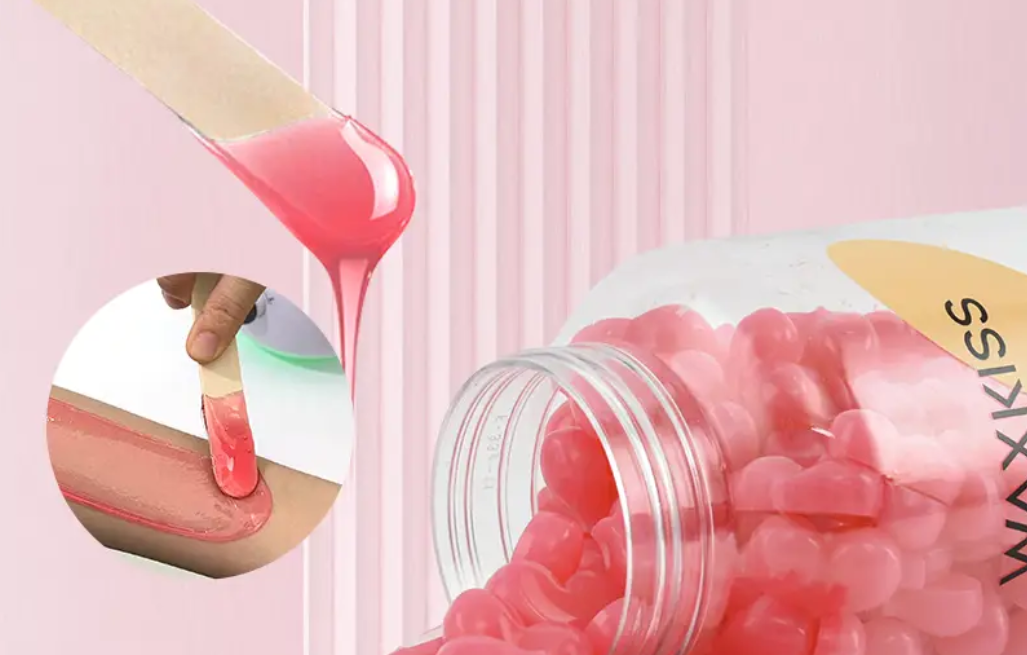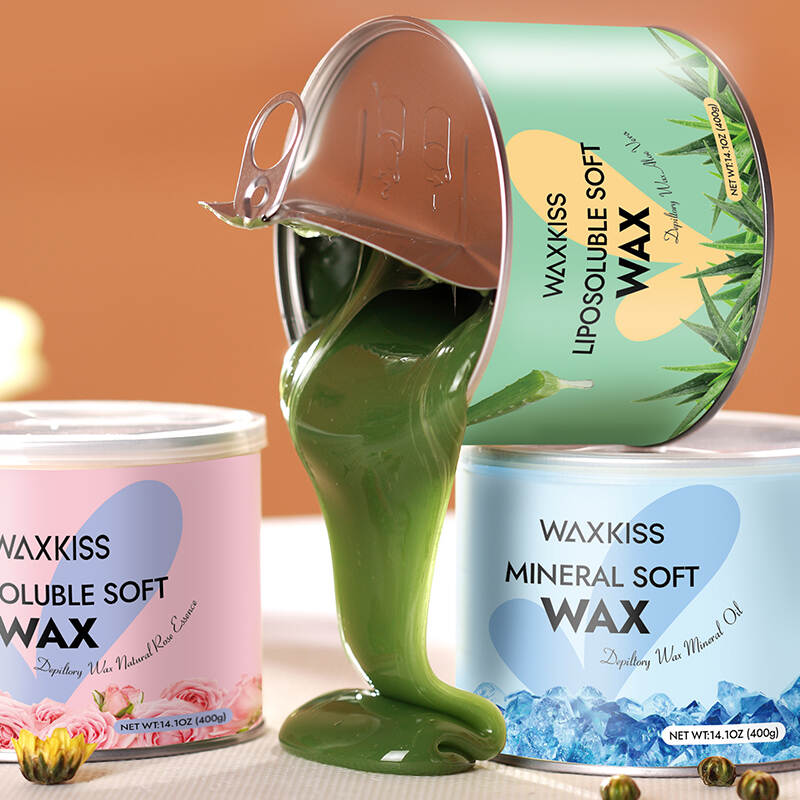Email format error
Email cannot be empty
Email already exists
6-20 characters(letters plus numbers only)
The password is inconsistent
Email format error
Email cannot be empty
Email does not exist
6-20 characters(letters plus numbers only)
The password is inconsistent

When it comes to achieving smooth, hair-free skin, waxing is one of the most trusted and effective methods. But if you’re new to waxing or exploring better hair removal options, you might be wondering: what's the difference between hard wax and soft wax? And more importantly, which one should you choose? In this guide, we’ll break down the differences, benefits, and best use cases for both, helping you make an informed decision for your next waxing session.
Before diving into comparisons, let’s start by understanding what hard wax and soft wax are.
Hard wax, also known as stripless wax, is a type of wax that hardens on the skin as it cools. Once solidified, it can be removed directly by pulling it off without the need for a cloth strip. It grips only the hair and not the skin, making it a gentler option for sensitive areas.

Soft wax is a thinner wax that remains sticky and requires a cloth or paper strip to remove it from the skin. It adheres to both the skin and the hair, which makes it highly effective at removing even the shortest and finest hairs.

Let's explore the main distinctions between these two popular waxing types:
| Feature | Hard Wax | Soft Wax |
| Application | Applied thickly with a spatula, cools and hardens | Applied thinly, requires wax strip for removal |
| Removal | Removed without a strip | Requires cloth or paper strip |
| Skin Contact | Grips hair only | Sticks to both hair and skin |
| Pain Level | Less painful | More intense, especially on sensitive skin |
| Best For | Small and sensitive areas (face, underarms, bikini) | Large areas (legs, arms, back) |
| Hair Length | Best for short to medium hair | Effective even on very short hair |
| Residue | Minimal | May leave sticky residue |
Hard wax is the go-to choice for sensitive areas of the body where the skin is delicate and more prone to irritation. Because it doesn’t stick to the skin as much as soft wax does, the removal process is less painful and gentler.
Face (eyebrows, upper lip)
Underarms
Bikini and Brazilian
Nose and ears
No cloth strips needed
Less irritation and redness
Ideal for beginners and those with sensitive skin
Effectively removes coarse, stubborn hairs
Takes more time to apply and dry
Slightly more expensive
May not be efficient for large surface areas
Soft wax is ideal for large body areas where you need to cover a lot of ground quickly. It’s commonly used in salons and professional waxing studios for legs, arms, and backs, thanks to its speed and efficiency.
Legs
Arms
Chest and back
Quick and efficient for large areas
Adheres well to fine hairs
Leaves smoother skin due to exfoliating effect
More painful due to skin adhesion
Can cause irritation if applied repeatedly over the same area
May leave behind sticky residue requiring oil-based cleaners
Choosing between hard wax and soft wax depends on several factors:
If you have sensitive skin, hard wax is the safer and gentler option.
Use hard wax for small, sensitive areas and soft wax for larger, less sensitive regions.
For coarse or thick hair, hard wax does a better job of gripping and removing. For fine hair, soft wax works efficiently.
Beginners may prefer hard wax as it allows more control and less risk of skin damage.
At Waxkiss, we specialize in offering a wide range of professional-grade hair removal products, including:
Hard Wax Beads – available in multiple formulas for different skin types
Soft Wax – perfect for salon or home use, available in various scents and consistencies
Wax Strips – ready-to-use solutions for quick hair removal
Wax Heaters – essential tools to maintain perfect wax temperature
Whether you're a beauty professional or a DIY user, Waxkiss delivers quality you can count on.
Both hard wax and soft wax have unique strengths. The key is to understand your skin type, hair texture, and the area you're waxing. For sensitive skin and small areas, hard wax is your best friend. For large areas and fast results, soft wax wins the race.
Still unsure? Try both! Many professional waxing routines actually combine both types depending on the treatment area.
Q1: Can I mix hard wax and soft wax in one session?
Yes! Many estheticians use hard wax for the face and bikini, and soft wax for legs or arms in a single session.
Q2: Which wax lasts longer?
Both can provide results lasting 3–6 weeks, depending on hair growth rate. Technique and hair type play a bigger role than wax type.
Q3: Is hard wax more expensive?
Generally, yes. However, it reduces skin irritation and may require fewer touch-ups, balancing the cost.